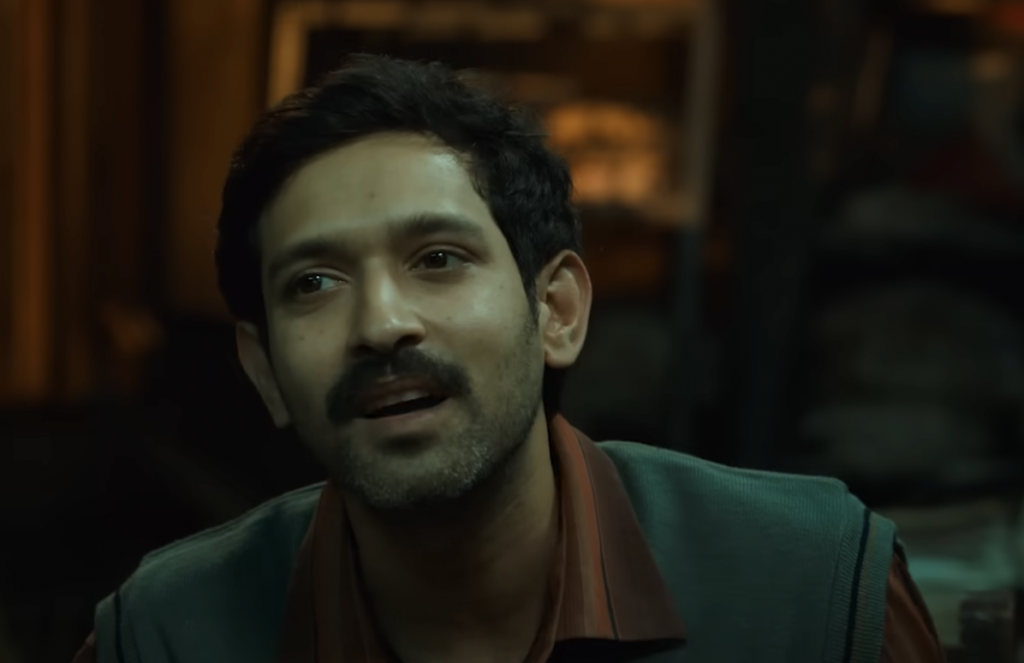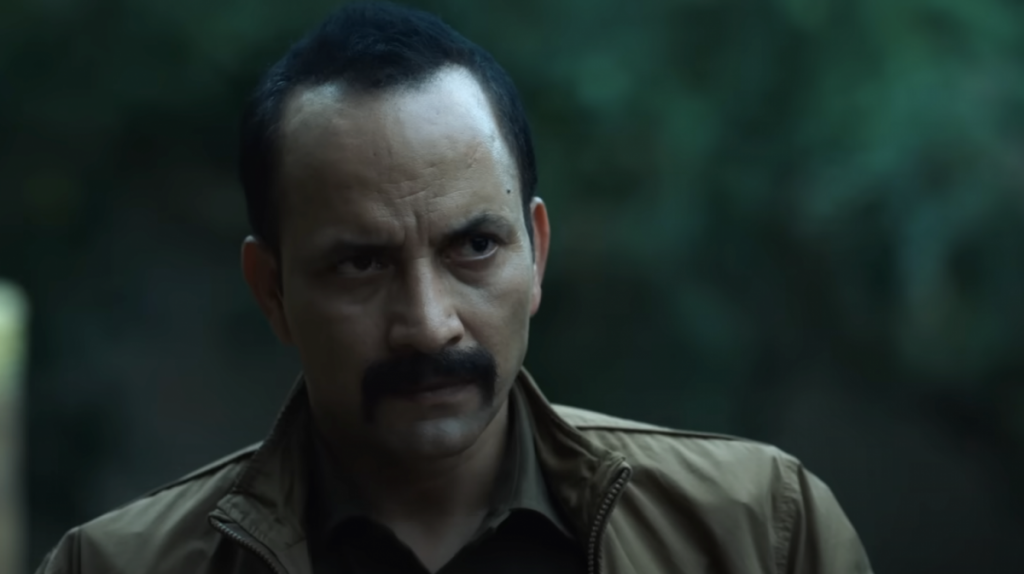Sector 36: A Slick Thriller That Prioritises Luridness Over Economy or Empathy
Watching Aditya Nimbalkar’s Sector 36, if one is reminded of Talvar (2015), there might be a good reason for it.
Nimbalkar, along with Vishal Bhardwaj, wrote Meghna Gulzar’s film based on the 2008 Noida double murder case. Another common strand between the two films involves a slippery subordinate. Sohum Shah, playing Irrfan’s dutiful junior in Gulzar’s film, is shown to be a Judas. What really works in that one, is how the audience is blindsided, like Irrfan’s character. Without delving into spoiler territory, something similar happens in Nimbalkar’s directorial debut as well. What remains impressive here, is the economy with which the ‘twist’ is delivered.
From one high-profile case in Noida to another, Sector 36 is based on the similarly gruesome 2006 case that took place only a kilometre away from the Talwars’ residence, where the remains of more than a dozen dead people (most of them children) were discovered in a home inhabited by a well-connected, upper-class businessman and his man Friday.
‘Inspired’ by that case, Nimbalkar’s film investigates the institutional apathy and the moral rot in our society that allowed it to go on for so long. But, where a case could be made for Gulzar’s film being the best procedural in Hindi cinema – thorough, graceful and subtle —Nimbalkar’s film, despite being evocatively shot (by Saurabh Goswami), doesn’t carry the heft of its counterpart. Sector 36 seems so fixated on the grisliness of the crime, it doesn’t delve deeper into its people.
The film opens with a sensational point-of-view shot-a reality-show (like Kaun Banega Crorepati) is playing upside down. We see Prem (Vikrant Massey) lying upside down, with a glass of whiskey in hand, trash-talking the participants in the reality show. The film is set in the mid-2000s, when the bug of reality show fame is arguably at its peak. Most people genuinely believe that a reality show is all that stands between them and wealth that could solve all their problems. Similarly, Prem – who works as a full-time caretaker in a palatial bungalow in Shahdara (East Delhi) – thinks he’s meant for better things. He cooks, cleans, loiters around the bungalow. He also abducts, kills and butchers the body of his captives.

A still from 'Sector 36'.
Deepak Dobriyal plays sub-inspector Pandey, a mid-career cop who has come to terms with his own uselessness. Pandey stopped pretending to be the upright cop a while ago, but that doesn’t make him immune to the plight of the parents reporting their missing children. He’s loose, morally flexible, but he’s also still listening to them. He’s not completely cut off from humanity yet. It is visible most during a Dusshera performance, where Pandey, playing Raavan, smirks and laughs through his lines. When a parent confronts him backstage, Pandey gives it back to him. “We’re only three officials for a population of 150,000 people! Don’t we deserve time off?,” he barks. However, a scare only a few moments later when he prevents his own daughter from getting kidnapped, turns him around. He is now personally invested in the case.
As Pandey tries to investigate the case, he finds links of the crime to the bungalow of Mr Bassi (Akash Khurrana). It’s the same bungalow where Prem works as a caretaker, and even though it’s first suggested that he does these things without the knowledge of his employer, later scenes reveal otherwise. Bassi is introduced in a creepy scene, around his granddaughter. Turns out, Bassi knows about Prem’s serial killer side, and makes good use of it. Pandey’s attempts to investigate it are shut down by his superiors, after Bassi makes a phone call to them.

A still from 'Sector 36'.
To showcase the stark contrast, Nimbalkar’s film also stages an abduction of a rich school boy, as Pandey runs around haplessly for answers. The rich boy is predictably found within two days, after the media and the law enforcement run amok with the story. It’s a very on-the-nose parallel to showcase the system’s callous apathy for missing children from the shanties who disappear, and everyone forgets they even existed in the first place. It’s that widespread, and that common.
A brilliant film about a child disappearing is Richie Mehta’s Siddharth (2016) – where a father (Rajesh Tailang) searches for his missing son over several years. Even the most hardened souls feel charitable towards him, but all paths lead to a dead-end. A person ceases to exist one day, like he never existed.

A still from 'Sector 36'.
Nimbalkar’s film on the other hand is too content with depicting the luridness of the serial killings to fully grasp its significance. Sector 36 has the shock value of a true-crime documentary (I’m not surprised that it found a home at Netflix), minus the socio-political curiosity. It does make some noise about its social consciousness, but it’s not enough.
Police procedurals grappling with the moral rot in a society, are an intriguing genre of cinema with established titans ranging from Roman Polanski’s Chinatown (1974) – which was ably adapted by Navdeep Singh into Manorama Six Feet Under (2007) to Sudip Sharma’s Kohhra (2023) more recently. Massey and Dobriyal are good for their parts, but something is amiss. I couldn’t help but feel like Sector 36 seemed like the first draft of a Navdeep Singh/Sudip Sharma film.
This article went live on September fourteenth, two thousand twenty four, at seventeen minutes past eleven in the morning.The Wire is now on WhatsApp. Follow our channel for sharp analysis and opinions on the latest developments.




